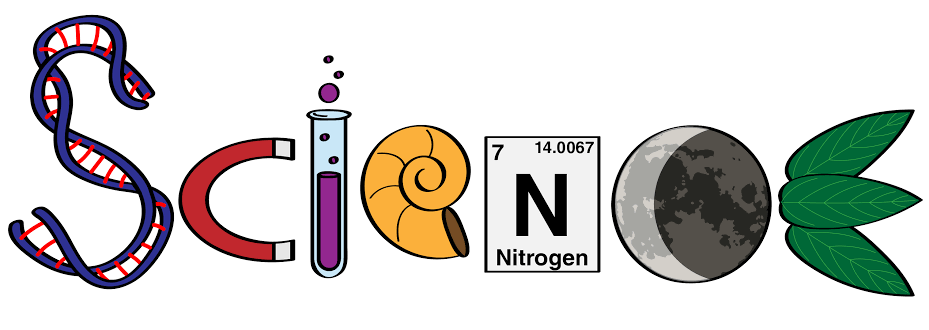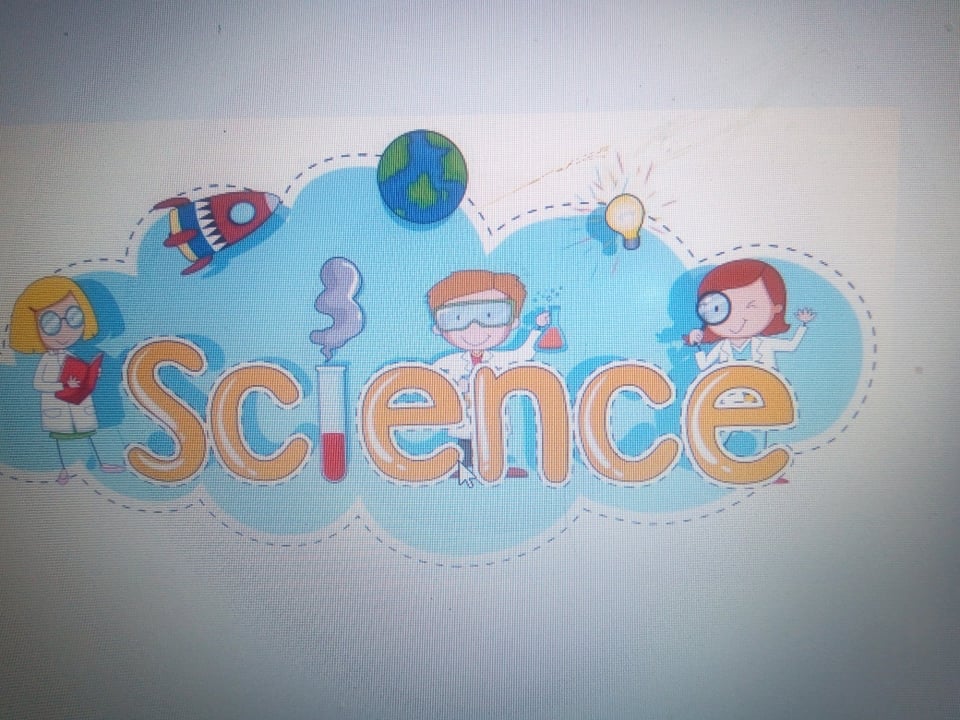
SCIENCE 10
Content Standard: The learners demonstrate an understanding of the relationship among the locations of volcanoes, earthquake epicenters, and mountain ranges
Performance Standard: The learners should be able to: 1. demonstrate ways to ensure disaster preparedness during earthquakes, tsunamis, and volcanic eruptions; and 2. suggest ways by which he/she can contribute to government efforts in reducing damage due to earthquakes, tsunamis, and volcanic eruptions
MELC
Describe and relate the distribution of active volcanoes, earthquake epicenters, and major mountain belts to Plate Tectonic Theory (S10ES – Ia-j-36.1)
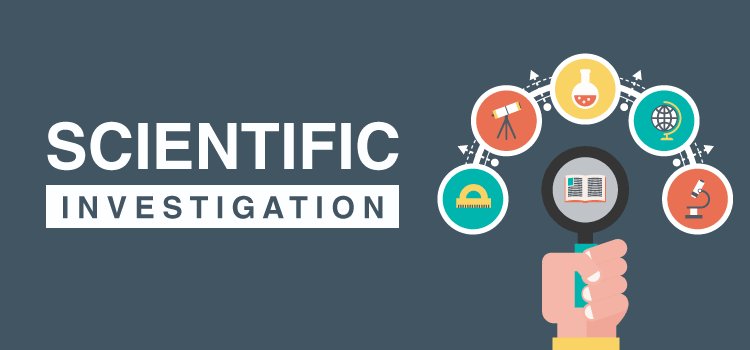
Science Grade 7
At the end of the lesson, the students will be able to describe the components of a scientific investigation and gain understanding about the following objectives:
1. identify the components of an investigation research problem, hypothesis, methods for testing hypothesis and conclusions based on evidence.
2. differentiate qualitative from quantitative observation.
3. differentiate observation from inference.
4. organize and interpret data about the investigation.
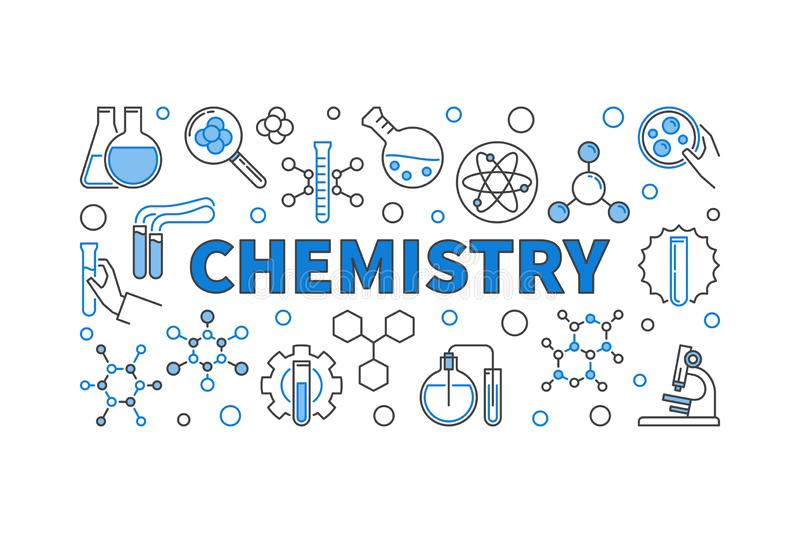
ADVANCE SCIENCE 9
Basic Chemistry is an introductory course to
Chemistry which includes topics that are necessary for a solid foundation in
general chemistry. This course allows learners to use science process skills to
study the fundamental structure of atoms, the way atoms combine to form
compounds, and the interactions between matter and energy. It aims to provide
the learners with the learning experiences that are geared towards promoting
interest, demonstrate understanding and develop appreciation of the essential
concepts and processes of Chemistry and its applications. It also provides
learners understanding to apply chemical principles to basic problems and to
draw conclusions from laboratory data.
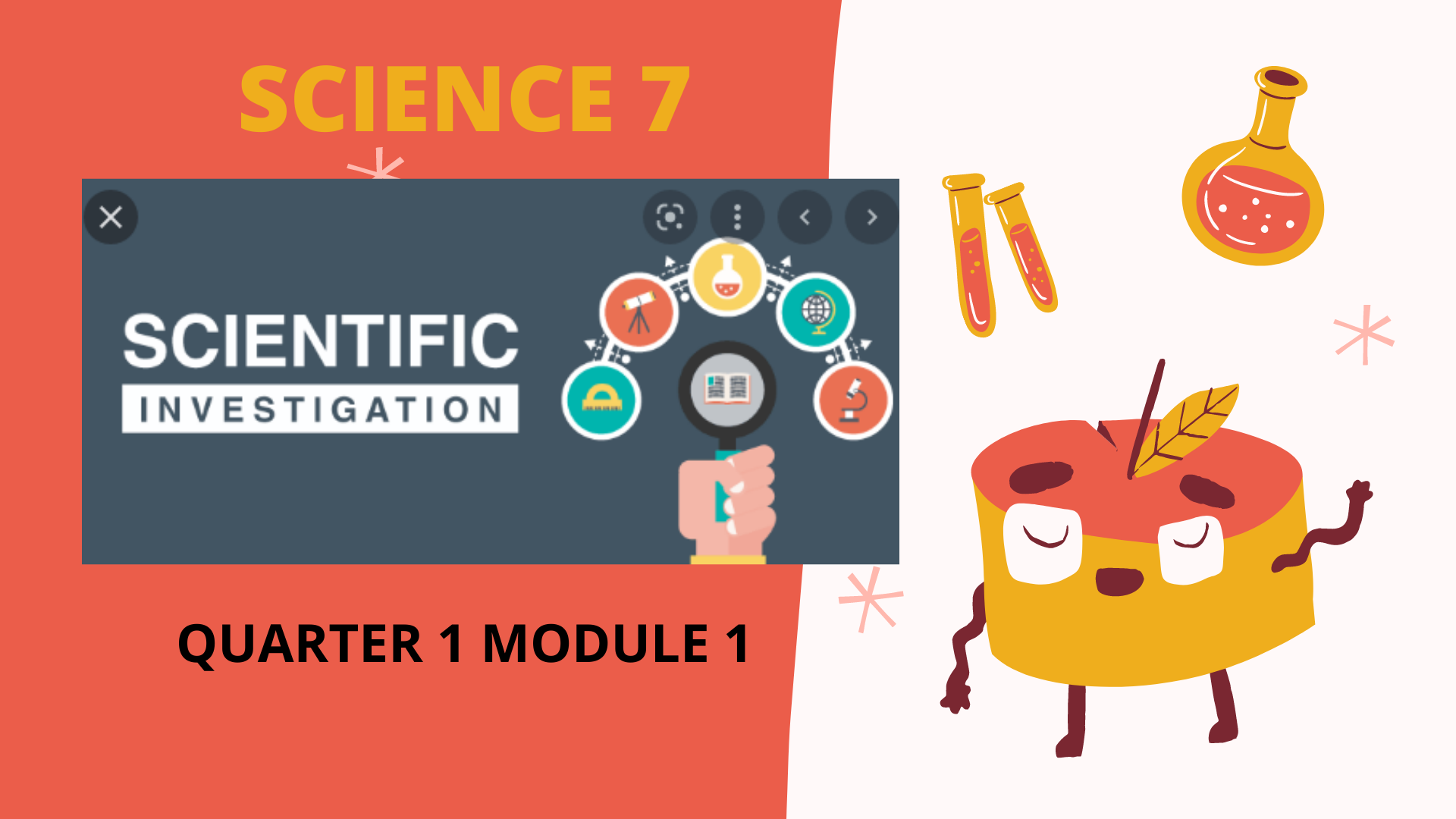
QUARTER 1 MODULE 1
At the end of the lesson the students will be able to describe the components
of a scientific investigation.
Science 9
The learners demonstrate understanding of …
1. how the different structures of the circulatory and respiratory systems work together to transport oxygen-rich blood and nutrients to the different parts of the body.
2. the prevention, detection, and treatment of diseases affecting the circulatory and respiratory systems
This course is created to Explain how the respiratory and circulatory systems work together to transport nutrients, gases, and other molecules to and from the different parts of the body
Respiratory System is made up of organs in the body that help us to breath. Just remember that the word Respiration is linked to breathing. Circulatory system is responsible for distributing materials throughout the body. Both system are essentially meant for each other.

science 10
At the end of Grade 10, learners realize that volcanoes and earthquakes occur in the same places in the world and that these are related to plate boundaries. They can demonstrate ways to ensure safety and reduce damage during earthquakes, tsunamis, and volcanic eruptions. Learners can explain the factors affecting the balance and stability of an object to help them practice appropriate positions and movements to achieve efficiency and safety such as in sports and dancing. They can analyze situations in which energy is harnessed for human use whereby heat is released, affecting the physical and biological components of the environment. Learners will have completed the study of the entire organism with their deeper study of the excretory and reproductive systems. They can explain in greater detail how genetic information is passed from parents to offspring, and how diversity of species increases the probability of adaptation and survival in changing environments. Learners can explain the importance of controlling the conditions under which a chemical reaction occurs. They recognize that cells and tissues of the human body are made up of water, a few kinds of ions, and biomolecules. These biomolecules may also be found in the food they eat.

science 10
At the end of Grade 10, learners realize that volcanoes and earthquakes occur in the same places in the world and that these are related to plate boundaries. They can demonstrate ways to ensure safety and reduce damage during earthquakes, tsunamis, and volcanic eruptions. Learners can explain the factors affecting the balance and stability of an object to help them practice appropriate positions and movements to achieve efficiency and safety such as in sports and dancing. They can analyze situations in which energy is harnessed for human use whereby heat is released, affecting the physical and biological components of the environment. Learners will have completed the study of the entire organism with their deeper study of the excretory and reproductive systems. They can explain in greater detail how genetic information is passed from parents to offspring, and how diversity of species increases the probability of adaptation and survival in changing environments. Learners can explain the importance of controlling the conditions under which a chemical reaction occurs. They recognize that cells and tissues of the human body are made up of water, a few kinds of ions, and biomolecules. These biomolecules may also be found in the food they eat.
